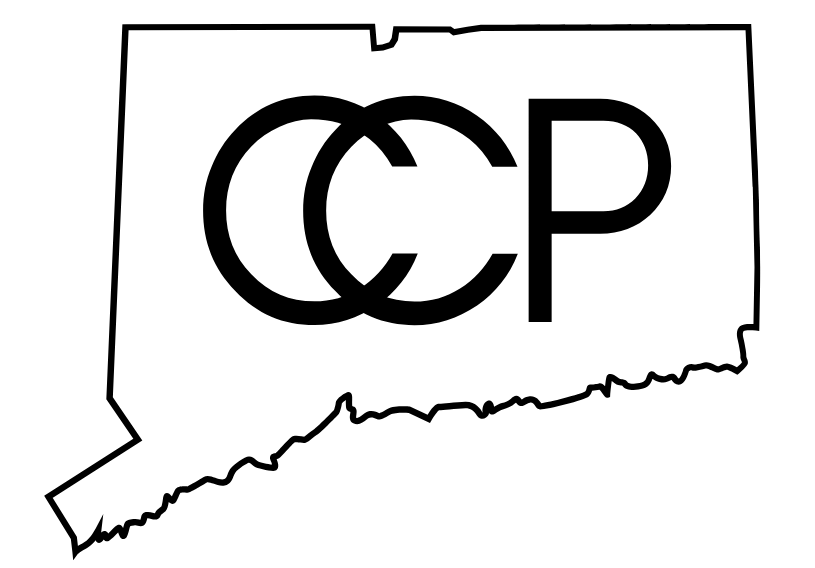Primer on Connecticut History
Connecticut: “The Constitution State”
A colony belonging first to the Dutch and then the English, the territory came into existence on land once belonging to Native American peoples including the Sequin tribes, Matabesec confederacy, and the Pequot-Mohegan. Like the other New England states, Connecticut often identifies itself with its earliest years. Indeed, its license plates proudly proclaim Connecticut to be “The Constitution State,” harkening back to the year 1639, when early settlers signed the Fundamental Orders, a set of governing principles that are now considered the first written Constitution. This ability and inclination to self-govern according to the common interest is still associated with the state’s politics, which are often identified as being both politically progressive and pragmatic. Connecticut is, for example, one of the few states where a handful of Republicans crossed the aisle to vote in favor of gun legislation.
Yet other aspects of Connecticut’s social and political life complicate the state’s reputation for embracing democratic rights and reason. Nowhere is this more true than in its segregated housing and educational system. According to Senator Chris Murphy (Education Roundtable, Macdonough Elementary School, September 23, 2019), Connecticut has the most racially (and therefore economically) segregated school system in the country, a phenomenon vividly evident in the urban texture of three of its four largest cities (Bridgeport, Hartford, and New Haven). Attempts to de-segregate and thereby improve the lives of students in underfunded schools have often been met with resistance. This has also extended to recent attempts at curricular renewal. In recent months, some school systems (e.g. Guilford) have attempted to block the teaching of certain aspects of the state’s history (and Critical Race theory), based on the idea that such methods unfairly target their district’s children for issues for which they bear no responsibility (Middletown Press, May 31, 2021).
The CCP seeks to open a dialogue that will promote a larger and far more robust public understanding of the existential history of the region (indeed, of the nation), one that moves beyond accounts that deny or overlook the complexity and structural inequity of the past and present. To a large degree, this project builds on the pioneering work of several local journalists at the Hartford Courant who exposed the foundational nature of slave labor in northern portions of what is now the United States (Complicity: How the North Promoted, Prolonged and Profited from Slavery [Ballantine Books, 2005]). Previously buried in specialized scholarship and therefore unavailable to the general public, the facts contained in Complicity resituated the North within a large global economy in which, to name one but example, the ships built in New Bedford and Boston were the preferred vessels for slave traders in Bordeaux. The CCP not only deepens this history but identifies contemporary resonances of slavery/race within the larger story of industrialization/capitalism that is an essential part of Connecticut’s history.
